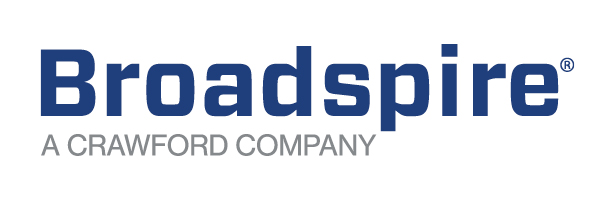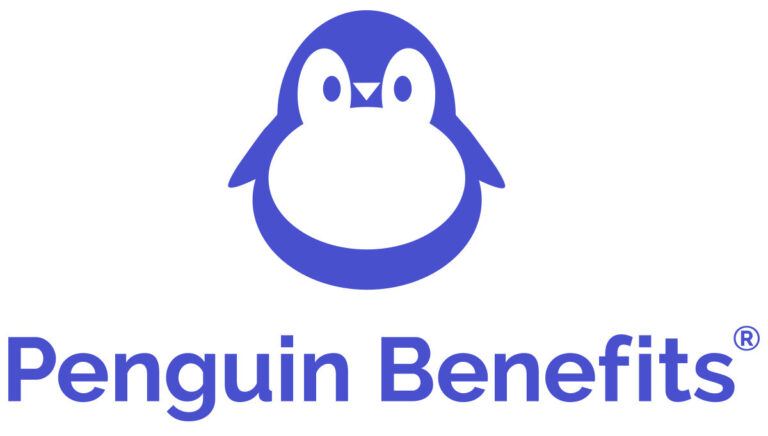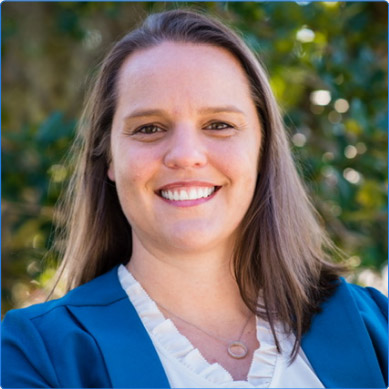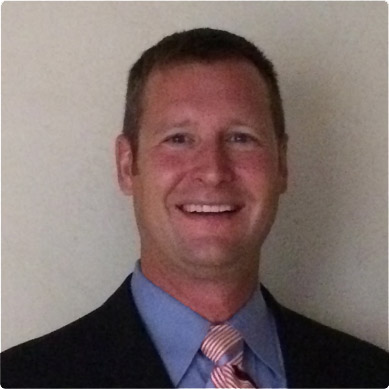California State has long been a leader in the paid sick leave space. The San Francisco local paid sick leave ordinance was the country’s first paid sick leave mandate impacting private employers at either the state or local level, and has been in effect for more than 15 years.
Resources
Paid Sick Leave Updates
Home / Resources / Paid Sick Leave Updates / California State Legislature Passes Amendments to Statewide Paid Sick Leave Law
California State Legislature Passes Amendments to Statewide Paid Sick Leave Law
Bernie Olshansky, Debbie Caplan, and Joshua D. Seidman
Contact Us
5173 Waring Road, Suite 134
San Diego, CA 92120
San Diego, CA 92120
info@dmec.org
800.789.3632, ext. 101
800.789.3632, ext. 101
Copyright Disability Management Employer Coalition (DMEC). All rights reserved. Privacy Policy | Cookie Policy | Terms of Use































